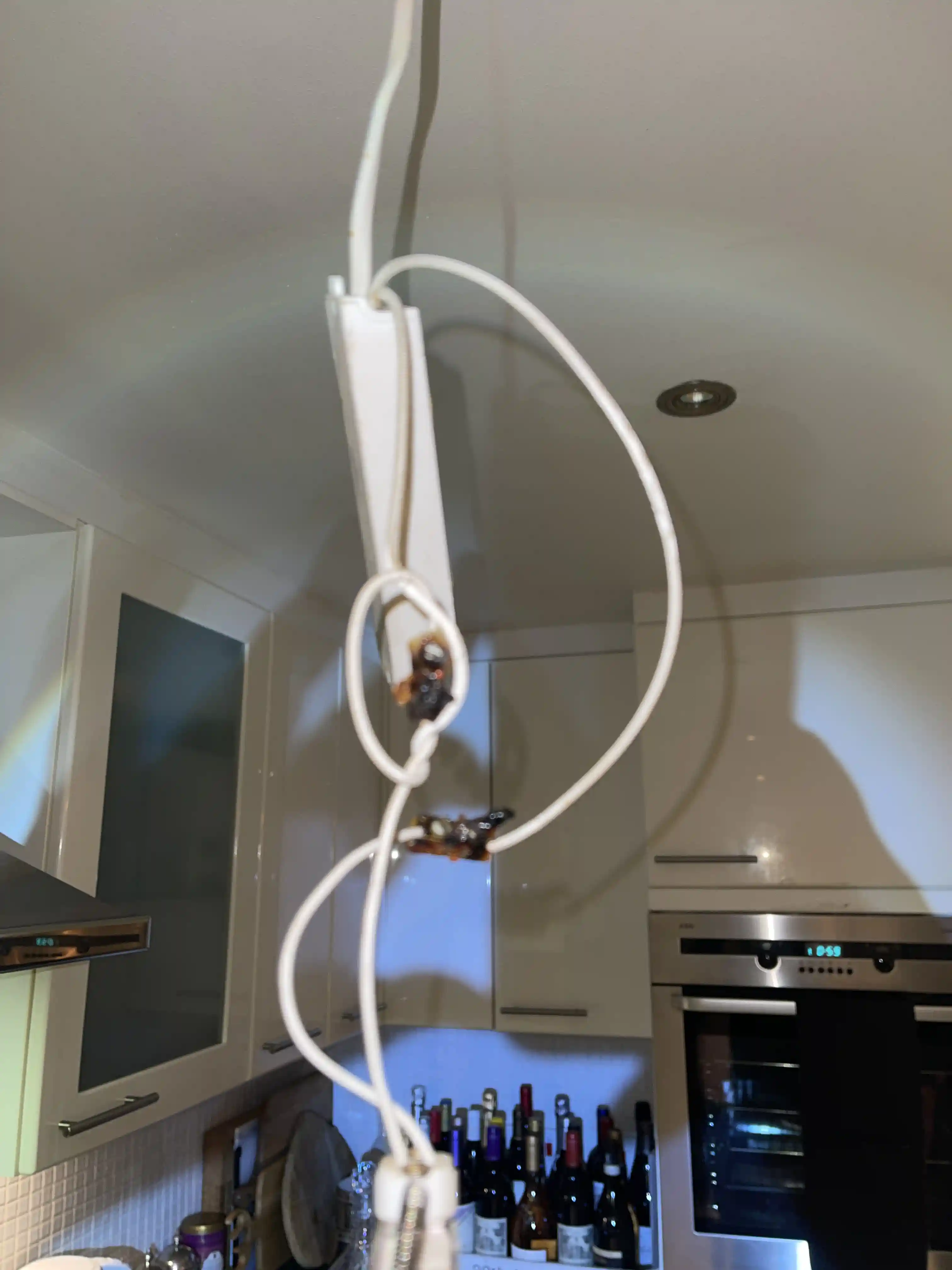Open 24 hours a day, 7 days a week, 365 days a year. We reach you within 30 minutes of your initial contact with our team. Our expert commercial and domestic engineers are fully qualified by City & Guilds to solve emergency problems.
Call Now 02034881842Transmission lines are structures or cables designed to transmit electromagnetic waves. They can be categorized into different types depending on their length such as underground lines and sub-transmission lines. Below we will discuss the different types of transmission lines. These can be underground coaxial cable and two-wire lines. To understand which type of transmission line is best for you we will look at the advantages and disadvantages of each. In addition we will also look at their types.
Two-wire transmission lines have two wires that are separated by about 2 to 6 inches. They are commonly used for rural telephone and telegraph lines and sometimes for connecting a television antenna to a home television. The disadvantages of this type of transmission line include high radiation losses and the lack of shielding. They can only transmit signals up to about half a kilometer without breaking down due to the change in field of each conductor.
Coaxial cable transmission lines have a series of properties that make them ideal for transmitting electromagnetic waves. These properties include physical size frequency performance attenuation power handling flexibility strength environmental conditions cost and jacket material. These characteristics are often optimized by optimizing a certain feature but boosting performance in one area often leads to a degradation of performance in another. Here we examine the key characteristics of coaxial cable transmission lines and discuss how to match a coaxial cable transmission line with the application.
Electricity is often transported and distributed through overhead power lines. Overhead power lines are uninsulated electrical cables suspended from poles or towers. But they are vulnerable to lightning and other types of weather. Underground transmission lines on the other hand are protected from such elements. In addition to underground transmission lines there are many advantages to overhead lines. They are cheaper and less intrusive than underground power lines. The following are a few of them.
Transmission lines carry electricity between substations and major distribution substations. Subtransmission lines typically carry voltages ranging from 34.5 kV to 69 kV and are used for industrial and large commercial operations. They are commonly overhead but they can also be underground. Generally subtransmission lines are smaller in length than distribution lines and require fewer right-of-way. In urban areas buried cable is used.

£30 call-out fee
Competitive Call out fee

Quick response
We can dispatch Our engineer fast to your property within time of 30-90 minutes of your call, and we are available 24/7 365 days.

Payment upon completion of work
We never request payment upfront. With our service, you only pay when you're completely satisfied.

Certified
Our electricians come highly recommended by numerous satisfied customers. Additionally, we hold certifications from esteemed industry trade bodies.
Reach out to us
Choose a suitable appointment
Our engineer is on the way to resolve the issue

We are offering 24-hour a day chat support on the web. Please click the button below to chat with one of our representatives.
Click to Chat With Us
We are offering a 10% discount for the volunteers and workers of the following organizations:
Power Cut
Panel Repair
Fuse Box is Tripping
Power Restoration
Socket and Switch Relocation or Repair
Burglar alarm
Carbon monoxide alarms
Fire alarm
Door entry system
Electric boiler
Underfloor heating
Night storage heaters
Radiator
Heating
Air conditioning
Hot water boiler
Power shower
Storage heater and hot water immersion heater
Hot water cylinder
Immersion heater
Smart thermostats
Hot tub wiring services
Automated gates
Electric shower
Rewiring
3-phase electrics
Car charger
Consumer unit replacement
Fuse box upgrade
In case of electrical problems, call an emergency electrician for fast response to your emergency call, ensuring safety regulations and NICEIC approved quality for a range of electrical services including electrical installations, fault finding, and handling electrical faults such as power outages, electrical fires, or issues with heating electrics; our emergency services cover both domestic and commercial properties, with our emergency plumber ready to assist and guarantee customer satisfaction in home services—company number provided for all your electrical system needs. In the event of an electrical emergency, our emergency electricians are ready to handle all electrical emergencies, whether it's a power outage, electrical fire, or issues with your fuse box or consumer unit. We offer competitive rates for all electrical work, ensuring excellent electrical safety and installation condition for both domestic electrical and commercial electrical needs. As an approved contractor, we pride ourselves on top-tier customer service and reliability.
We provide and handle emergency electrician services as company Grip Electric Limited in Area.
In electrical emergencies, our professional emergency electricians provide top-notch emergency electrical services. Whether it's an electrical emergency with a consumer unit, electrical work, or other electrical issues, our emergency services are designed to handle all types of electrical emergencies efficiently.
£63 per 15 minutes**
Signs that you need to call the electricity supplier rather than an Grip Electric Limited
If
1. All of your switches are up and not tripped in the Fusebox or consumer unit.
2. Check your meter as well that it's topped up,
3. Then, you will need to call an electricity supplier rather than an emergency electrician. Here is a comprehensive list of electricity suppliers and their contact details that we have prepared for you
British Gas, E.ON, EDF Energy, npower, Scottish Power, SSE, SSE Southern Electric, Bulb
Please dial 105 for nationwide electricity supplies UK power network and press 2 for power cuts. If they suggest that you need an emergency electrician, then give us a call or chat with the support team. An emergency electrician will be arranged within 30 minutes. If you are in an area that is not covered, search online for an emergency electrician near me, and you will be able to find someone very close to you.

Terms and conditions
15 minutes service charge applies first hour and all prices are excluding VAT materials